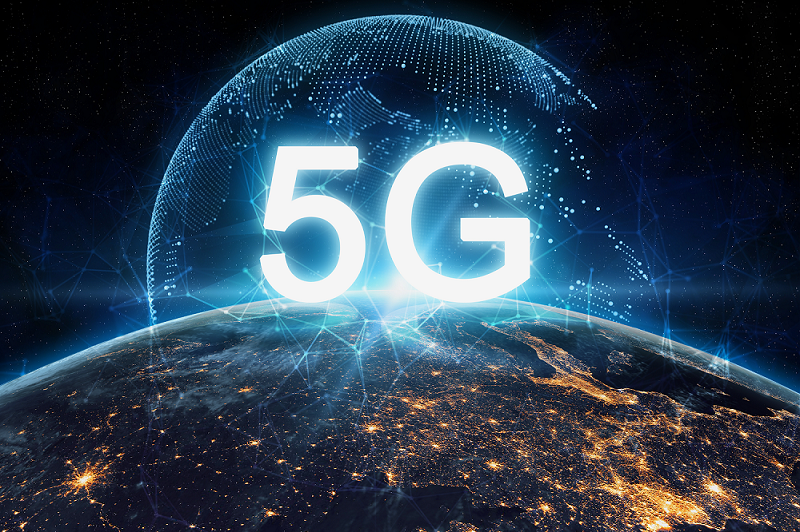News Blast: Your Daily Update
Stay informed with the latest news and trends.
5G: The New Frontier or Just Another Fad?
Uncover the truth about 5G: Is it a groundbreaking revolution or just another tech fad? Dive into insights that could change your perspective!
Understanding 5G: Its Impact on Everyday Life
Understanding 5G technology represents a significant leap forward in mobile communications, promising to revolutionize our everyday lives. With its lightning-fast speeds and ultra-reliable low latency, 5G enhances everything from streaming videos to real-time gaming. Imagine downloading an entire movie in seconds or participating in live virtual reality experiences without interruptions. This enhanced connectivity means that smart devices can operate more efficiently, leading to a more interconnected world.
The impact of 5G extends beyond entertainment; it plays a crucial role in the development of smart cities and the Internet of Things (IoT). Everyday tasks will become more streamlined as various devices, such as home appliances and vehicles, communicate seamlessly with each other. For instance, 5G can enable traffic lights to adjust based on real-time traffic conditions, reducing congestion and improving public safety. As more industries adopt this technology, the potential for innovation and improved quality of life becomes increasingly apparent.

5G vs. Previous Generations: What Makes It Different?
The evolution of mobile networks has been a game changer in how we connect and communicate. 5G, the fifth generation of wireless technology, has introduced capabilities that far surpass its predecessors, including 4G LTE, 3G, and 2G. One of the most significant differences is speed; 5G can deliver data rates exceeding 10 Gbps, enabling seamless streaming and rapid downloads. Additionally, this generation greatly reduces latency, with response times dropping to as low as 1 millisecond, paving the way for applications that require real-time interactions, such as augmented reality and remote surgery.
Another defining characteristic of 5G is its ability to connect a vast number of devices simultaneously. Unlike previous generations, which struggled with network congestion, 5G can support up to 1 million devices per square kilometer. This is particularly beneficial for the Internet of Things (IoT), where countless devices—from smart home appliances to industrial sensors—can communicate efficiently. The advanced technology behind 5G also incorporates improved energy efficiency and network reliability, making it a robust solution for diverse applications and a significant leap forward in mobile communication.
Is 5G Safe? Debunking Common Myths and Concerns
The introduction of 5G technology has sparked numerous debates regarding its safety. Many people are concerned about the potential health risks associated with the increased exposure to radiofrequency electromagnetic fields (RF-EMF) that 5G introduces. However, it is important to note that various health organizations, including the World Health Organization (WHO) and the International Commission on Non-Ionizing Radiation Protection (ICNIRP), have stated that the levels of RF-EMF exposure from 5G networks are well below the limits that would cause harm. In fact, the scientific consensus is that 5G is safe for public health when deployed according to established safety guidelines.
Despite this, several myths and misconceptions about 5G safety continue to circulate. For instance, one common myth is that 5G causes health issues such as headaches or cancer. However, extensive research has shown no significant evidence linking 5G exposure with these health problems. Debunking these myths is essential for promoting a better understanding of the technology. Public awareness campaigns and educational resources can help dispel fear and misinformation surrounding 5G, ultimately allowing society to benefit from the advancements in connectivity and communication that this technology offers.